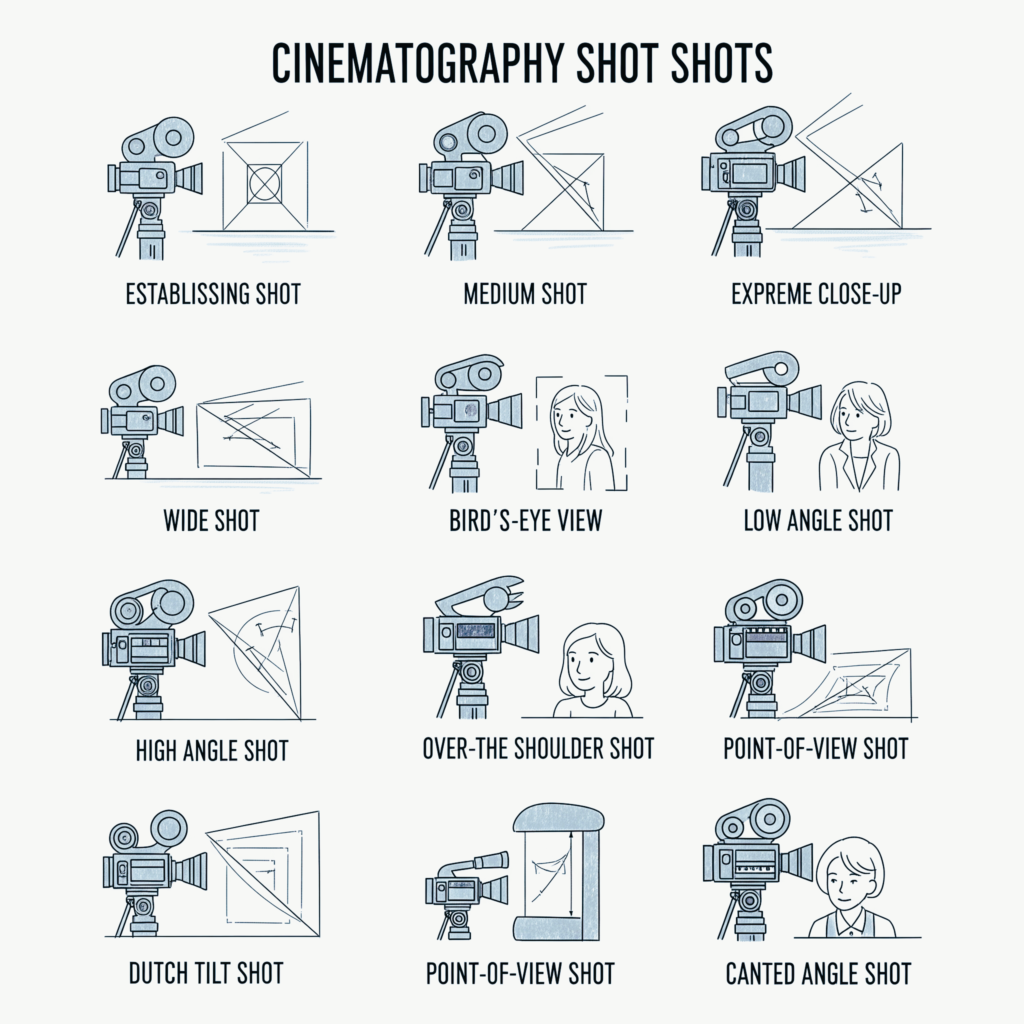
Framing Emotions, Crafting Stories — One Shot at a Time
The art of cinematography blends technical proficiency with visual storytelling. Using various shot styles to set the scene, elicit feelings, and advance the plot is one of the most important parts of cinematography. The many kinds of shots used in cinematography, their functions, and how they enhance the entire narrative process will all be covered in this blog.
In cinematography, what is a “shot”?
A shot is one continuous take that the camera records between when you press “record” and “cut.”
It serves as the foundation for visual storytelling. Additionally, the kind of image you select determines how the viewer interprets a particular moment.
Shots are different because:
- Framing (the distance or proximity)
- Angle (the camera’s height or lowness)
- Motion (the way the camera moves)
1.Extreme Wide Shot (EWS)
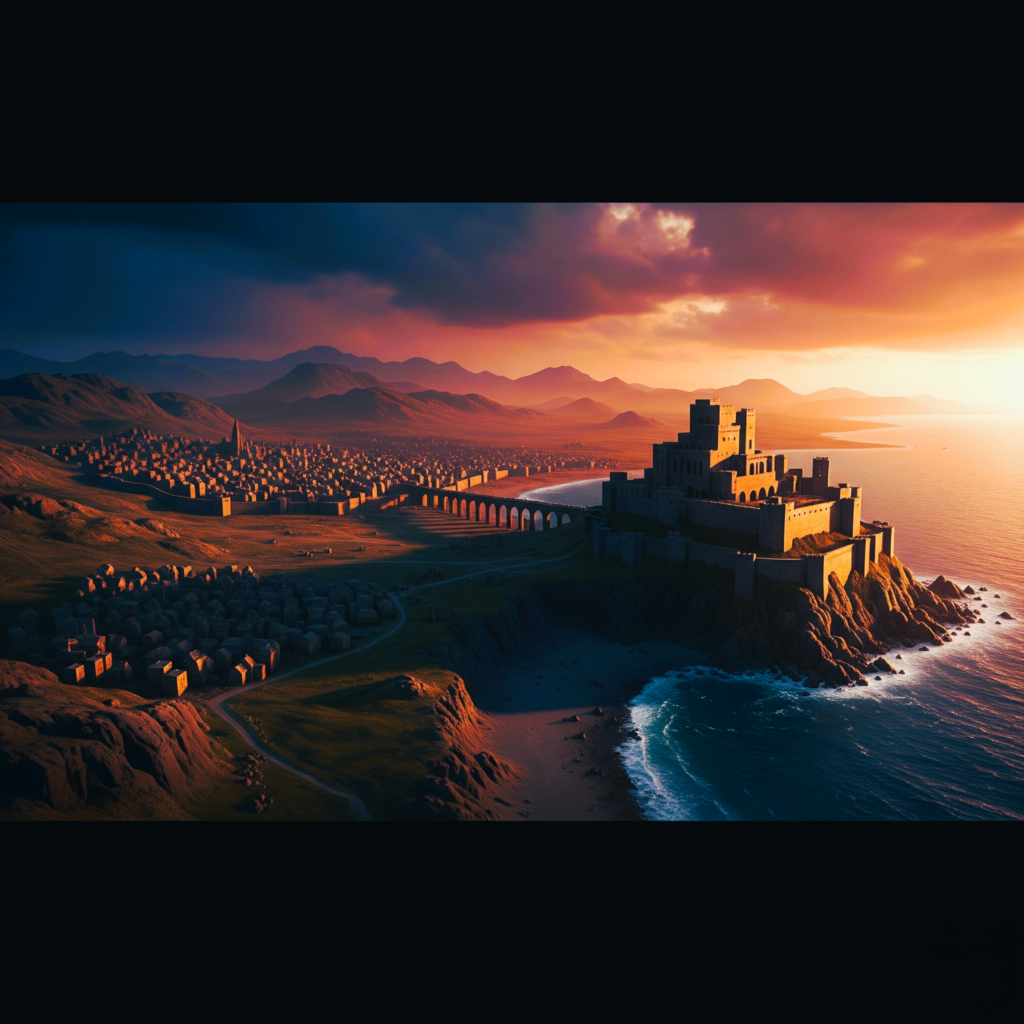
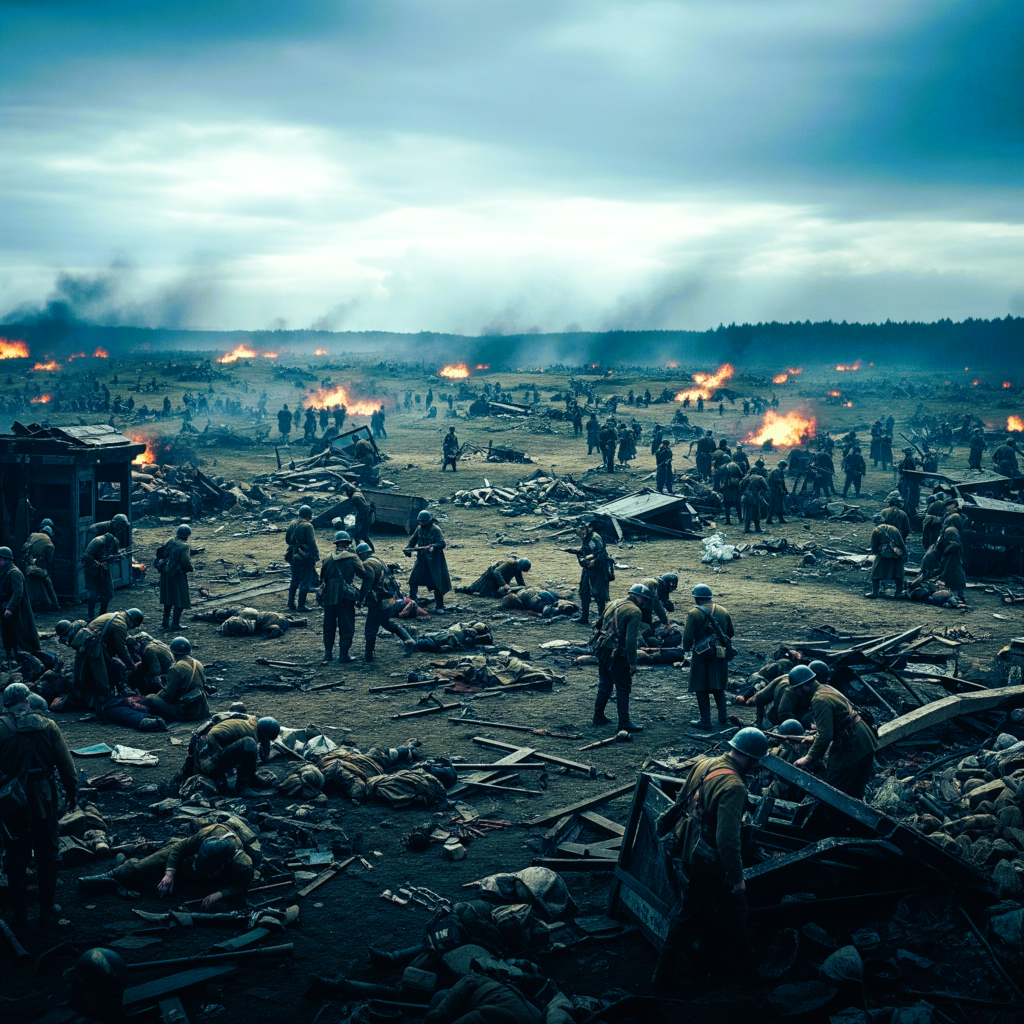
A huge area is shown in an Extreme Wide Shot (EWS), which frequently emphasizes scale or environment by making the subject very tiny or nonexistent. It is frequently employed in establishing shots to establish the tone, location, or seclusion of the situation.
Another name for this is an establishing shot.
Purpose:
- shows the scene’s scale or location.
- Setting the Scene: Before the major action starts, the setting and surroundings are introduced.
- Creating Visual Impact: To improve cinematic appeal, capture striking architecture or landscapes.
Utilized for: Space, deserts, epic landscapes, battle zones, and opening sequences.
Pro Tip: To create scale or menace in dramas or action movies.
2. Long Shot / Wide Shot (WS)
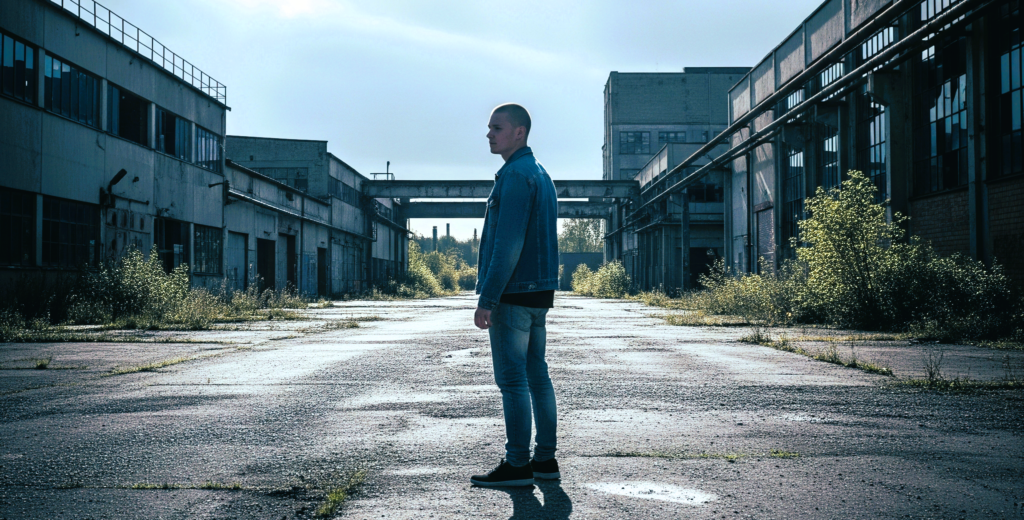
The wide shot, sometimes referred to as a long shot, shows the subject’s surroundings by capturing them from a distance. This kind of image is frequently utilized to set the scene and give it context. It enables the viewer to observe how the characters relate to their environment.
The subject’s entire body is visible, frequently from head to toe.
Purpose:
- To set the scene.
- to display the environment’s size.
- to give the action some background.
Present the topic and the environment in equal measure.
Utilized for: Environment, choreography, movement, and staging.
Emotion: Observational and neutral.
One example of loneliness is a lone individual strolling down an empty street.
3. Medium Shot (MS)

A balance between the character and their environment is made possible by the medium shot, which frames the subject from the waist up. Because it catches the character’s facial reactions while still giving some background information about the scenario, this image is frequently utilized in dialogue sequences.
The figure is often framed from the waist up.
Purpose:
- in order to concentrate on character relationships.
- to use facial expressions to express feelings.
- in order to stay in touch with the environment.
The subject and background should be balanced.
Utilized for: Explanation, dialogue, and exchanges.
Natural, conversational emotion.
Example: Shots is typically used in group talks or TV interviews.
4. Medium Close-Up (MCU)
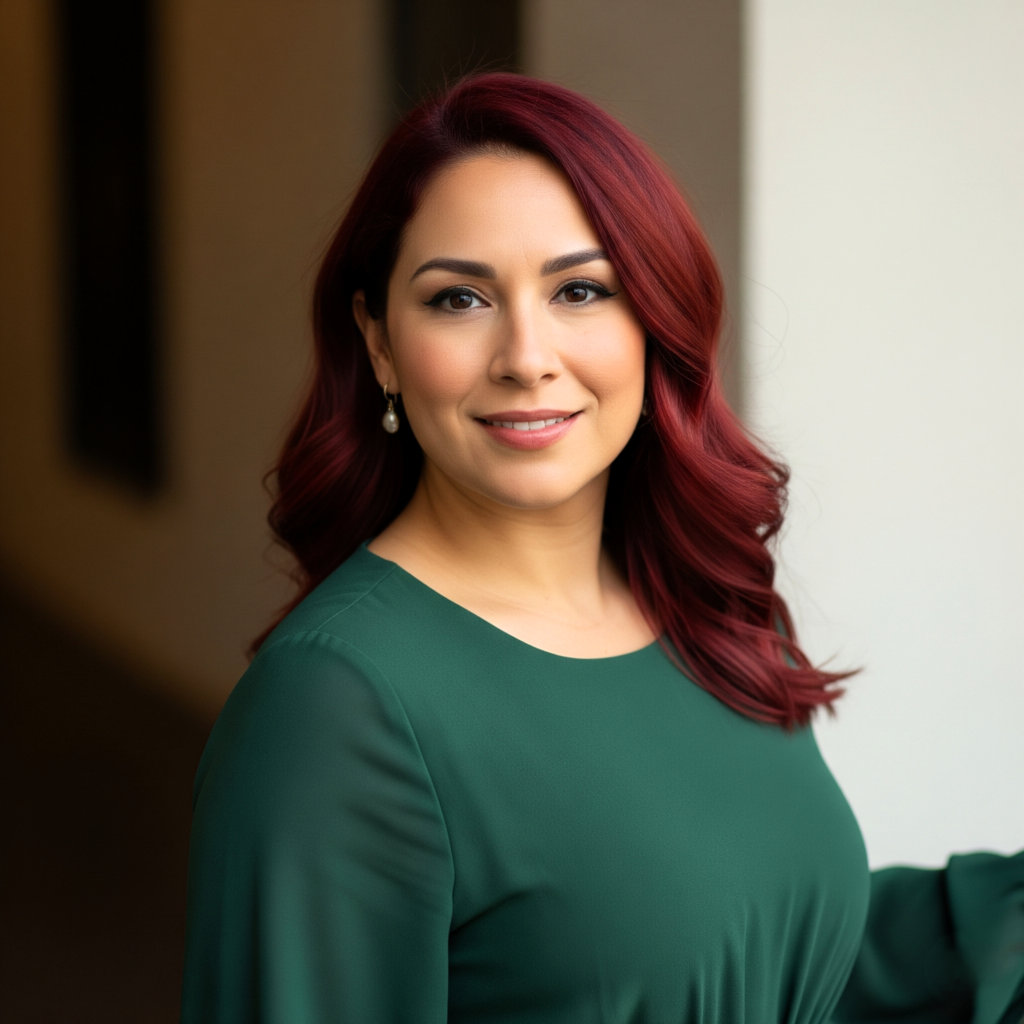
The subject is framed from the chest or shoulders up in a Medium Close-Up (MCU), which emphasizes facial expressions while allowing for some body language. It’s frequently employed in conversations and interviews to capture nuanced emotions without losing context.
Frames starting at the shoulders or chest.
Purpose:
- to bring out subtle emotions and facial expressions.
- to preserve some background information while preserving a relationship to the character.
- to establish closeness during conversations or interviews.
Pay attention to facial expressions while maintaining context.
Utilized for: Conversational emotional nuances.
Emotion: relevant and personal.
5. Close-up (CU)
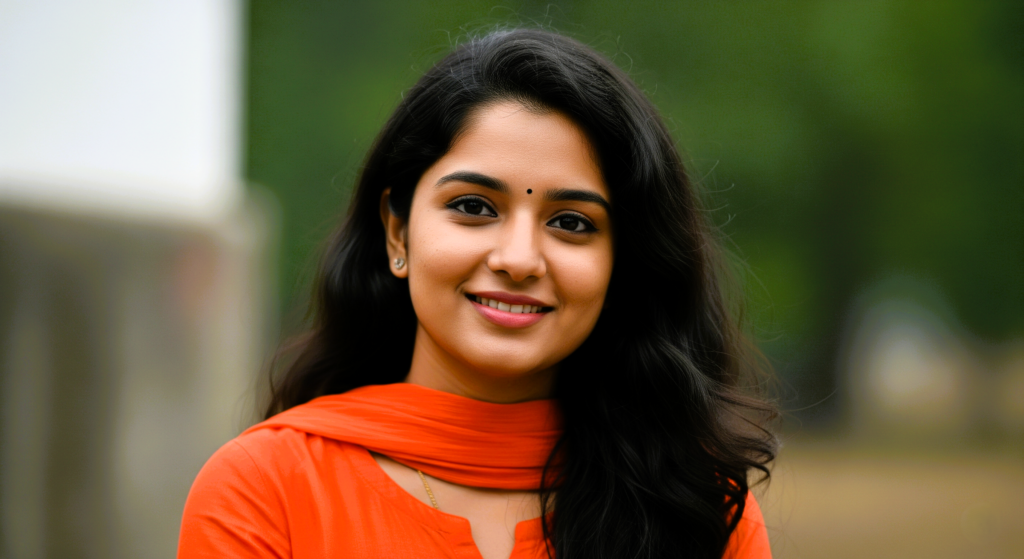
Tightly framing a subject, a close-up shot frequently highlights a character’s face or a particular element. This image effectively evokes strong feelings in the viewer and highlights significant plot points.
Only the face or a particular feature (eyes, hands, item) is framed.
Purpose:
- To draw attention to feelings and responses.
- In order to highlight significant information.
- To foster a close relationship between the viewer and the character.
Utilized for: Story hints, emotional peaks, or revelations.
Emotion: Close, vulnerable, and intense.
6. Extreme Close-Up (ECU)
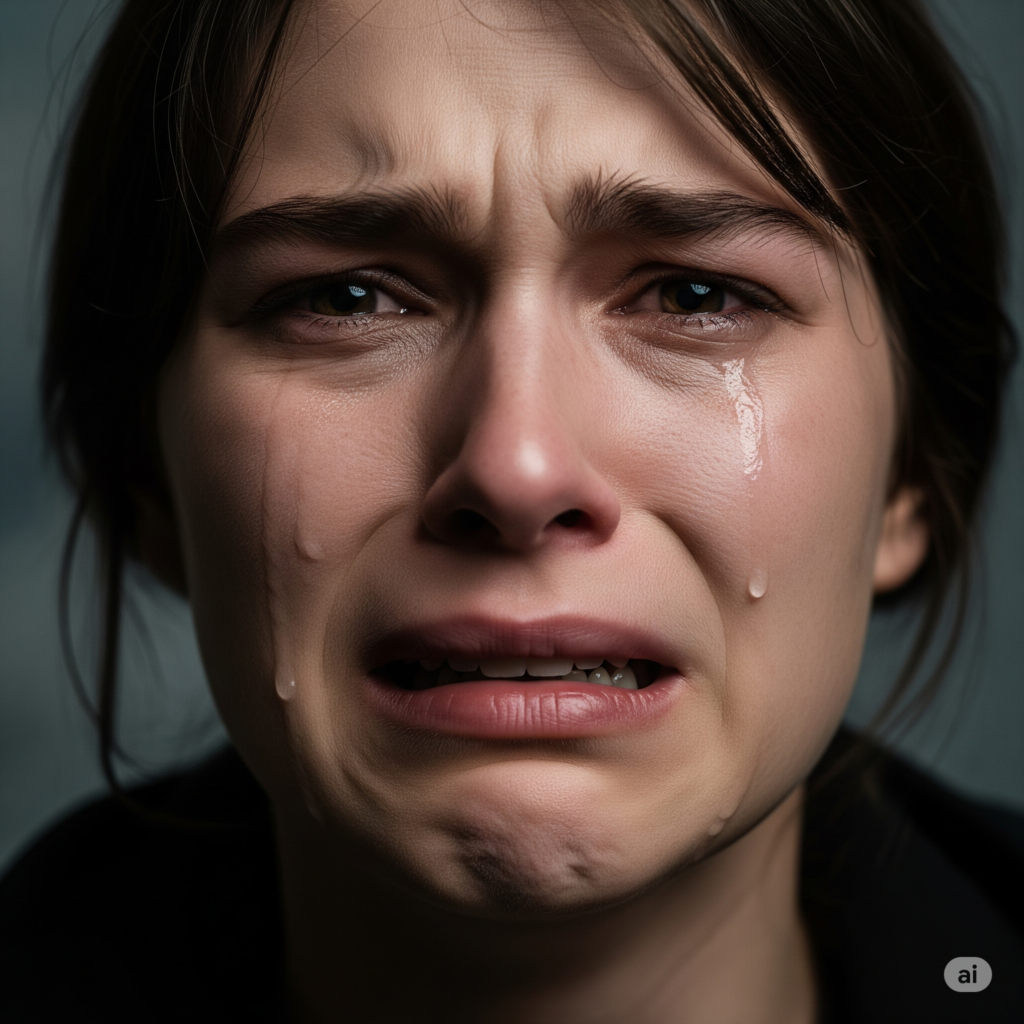
An eye or a hand, for example, is the subject of an extreme close-up, which goes beyond a close-up. This image is frequently employed to build suspense or draw attention to important plot points.
Purpose:
- To evoke tension or a sense of urgency.
- To highlight certain elements.
- To elicit powerful emotional reactions.
Utilized for: thrills, suspense, and moments of psychology.
Emotion: invasive, strong, and uncomfortably so (in a positive manner).
7. Over-the-Shoulder (OTS) Shot
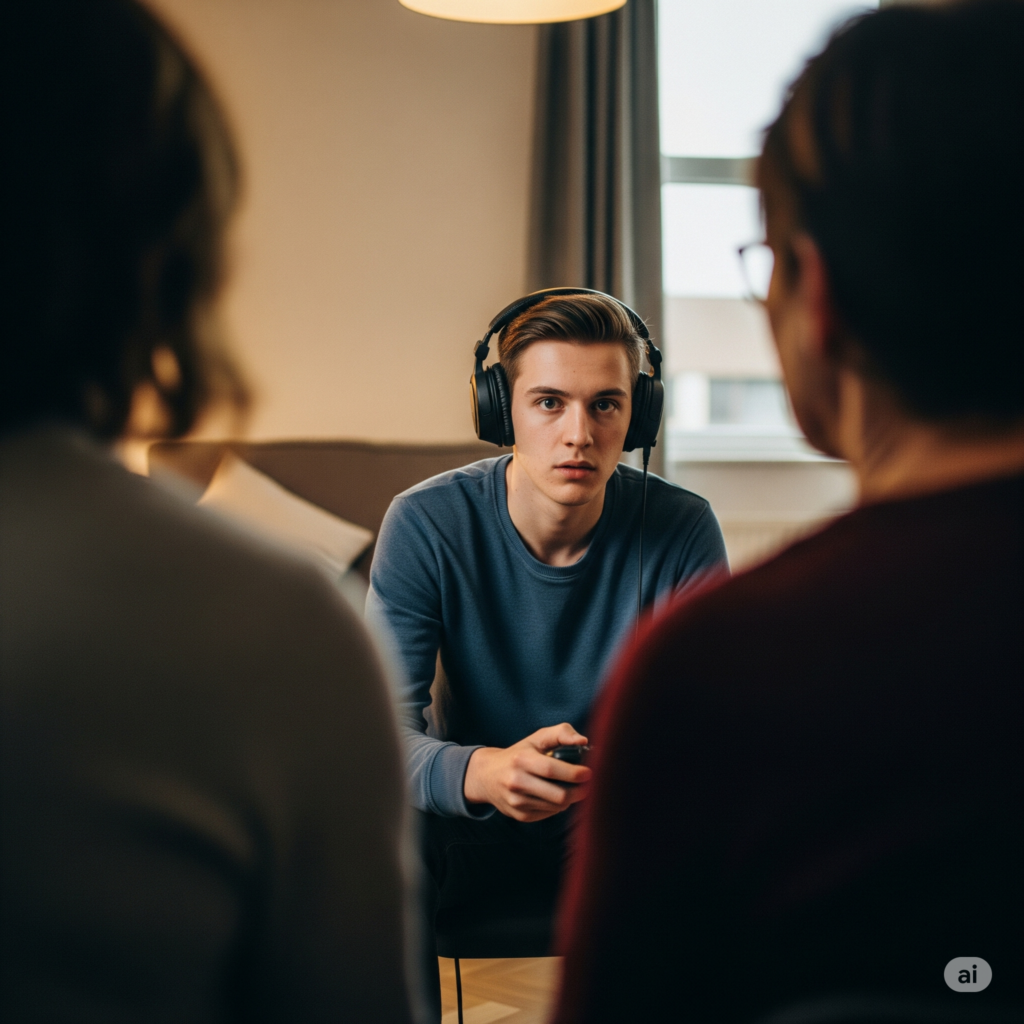
A character’s point of view is conveyed while concentrating on another subject by framing the over-the-shoulder picture from behind. In order to build rapport between individuals and set the scene for their interactions, this shot is frequently utilized in dialogue.
Purpose:
- To make talks feel more intimate.
- To portray a character’s point of view.
- To increase the conversation’s emotional impact.
Utilized for: scenes of dialogue, conflicts, or point-of-view disclosures.
Emotion: Bond, stress, or disunity.
8. Point of View Shot (POV)
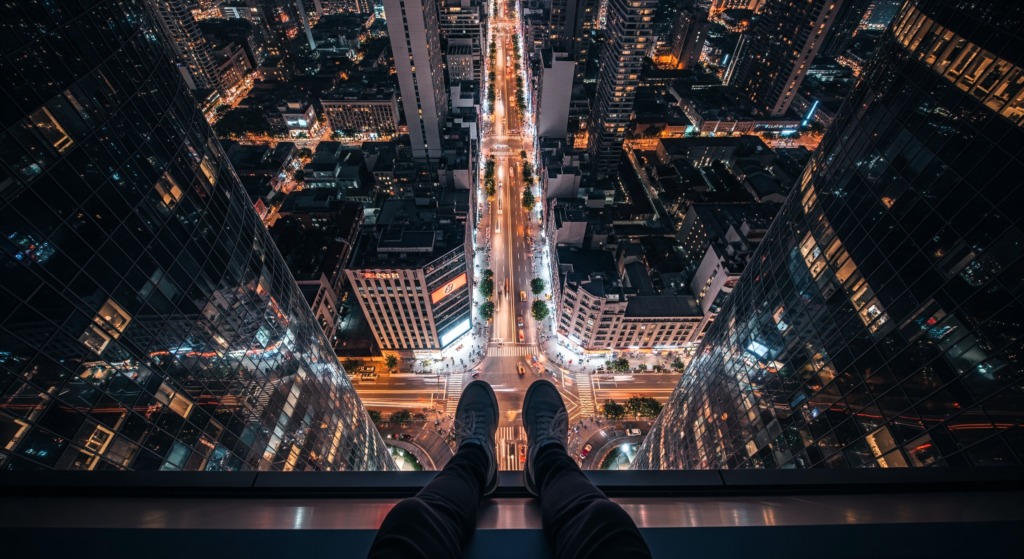
A point of view shot lets the viewer see what the character sees by presenting the scene from their point of view. This image may be very powerful in evoking empathy since it immerses the spectator in the character’s perspective.
Purpose:
- To fully engage viewers in the experiences of characters.
- To establish a personal bond with the character.
- To heighten the scene’s emotional effect.
Utilized for: Action, horror, or intensely moving situations.
Emotion: Fear, urgency, and empathy.
9. Two-Shot
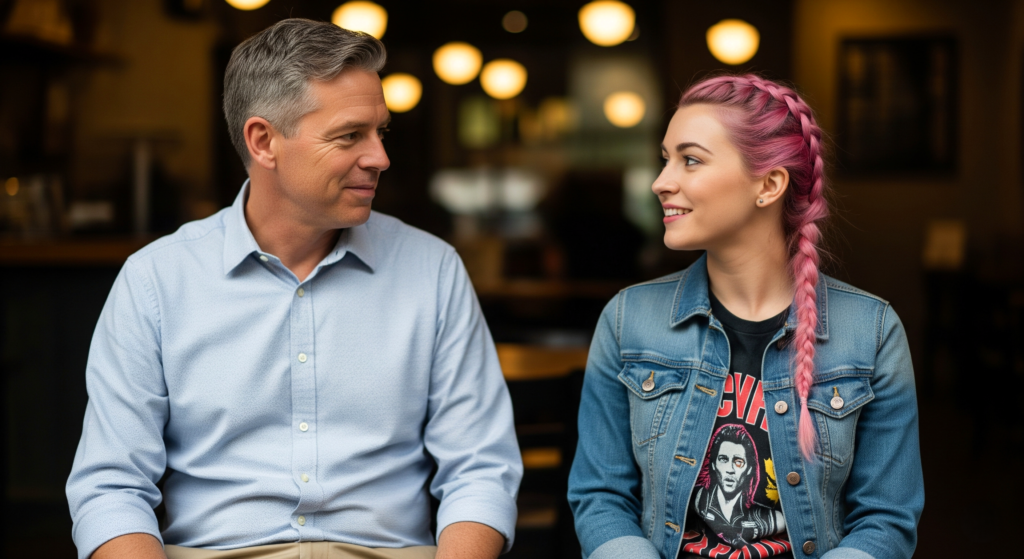
A two-shot, which frequently establishes the relationship or interaction between two individuals, frames them in the same shot. Depending on the situation and the feelings being expressed, this image might be either medium or close-up.
Purpose:
- To demonstrate the bond between two characters.
- To record conversations and exchanges.
- To give the composition a feeling of harmony.
Utilized for: Conversations, responses, or romantic tension.
Emotion: friendship, conflict, and bonding.
10. Tracking Shot / Dolly Shot
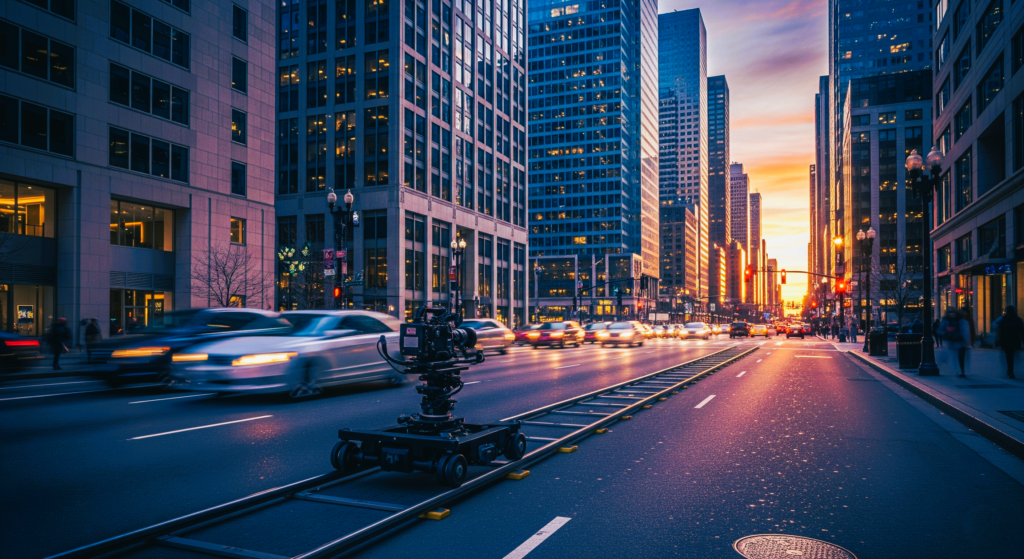
In a tracking shot, the camera moves with the subject to follow their movements. The audience might feel as though they are a part of the action thanks to this approach, which produces a dynamic and engaging experience.
Purpose:
- To provide the impression of motion and vitality.
- To engross the spectators in the action.
- To make a scenario more emotionally impactful.
Utilized for: situations including walk-and-talk, chases, or emotional disclosures.
Emotion: connection, realism, or tension.
11. Static Shot
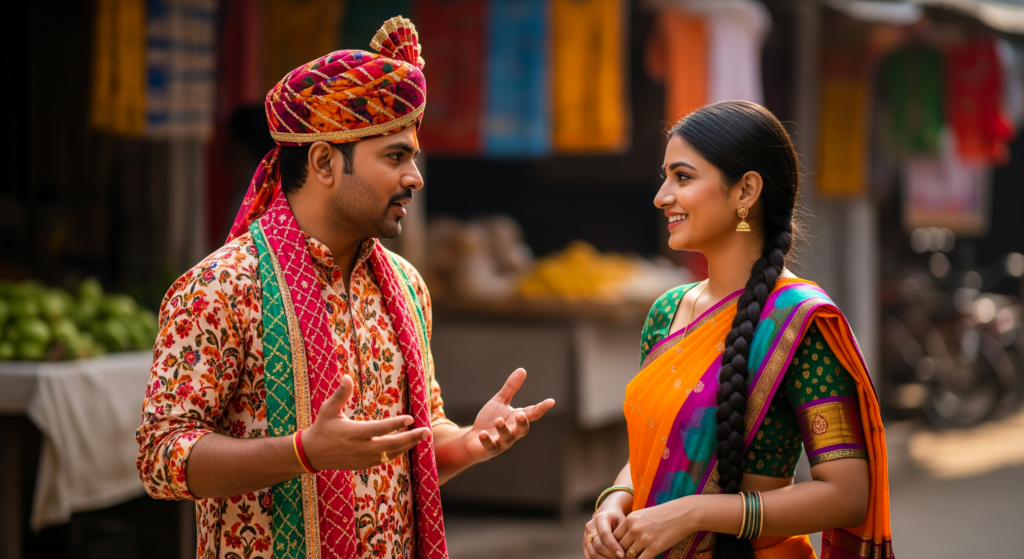
A static shot is taken using a camera that is stationary, meaning that the frame doesn’t move. It frequently creates a feeling of stability or tension by focusing on composition, character performance, or stillness in a scene.
Purpose:
- To unobtrusively highlight the actor’s remarks or performance.
- To give a situation a feeling of reality, tension, or quiet.
- To use a thoughtfully framed photograph to emphasize composition and visual narrative.
Utilized for: Stillness, observational narrative, and dialogue sequences.
Emotion: tension, formality, control, or serenity.
12. Aerial Shot
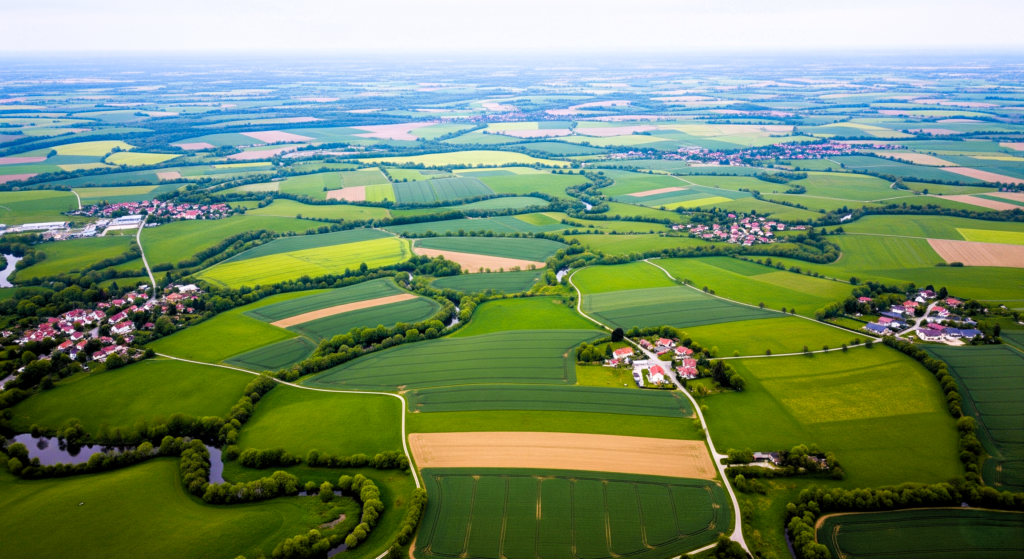
Aerial shots are taken from a great height, frequently with the aid of drones or helicopters. This kind of photograph offers a distinctive viewpoint of the terrain and can be employed to portray the size or scope of a place.
Purpose:
- To highlight a place’s splendor.
- To offer a distinct viewpoint.
- To determine how the characters relate to the surroundings.
Utilized for: bird’s-eye view of the scene. They are used to showcase scale, geography. Emotion: the grandeur of a location in cinematic storytelling.
13. Low Angle Shot
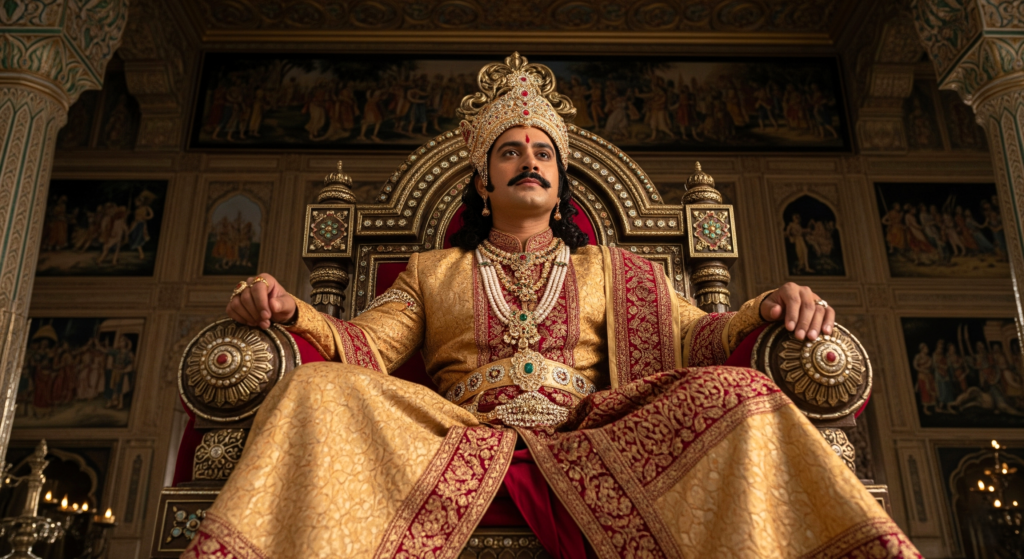
A low angle shot is taken with the subject gazing up from below. It is frequently employed to communicate authority or menace and gives the individual an air of strength, dominance, or intimidation. Additionally, this shot heightens the dramatic tension and has the ability to manipulate perspective for emotional impact.
Purpose:
- To give the impression that the subject is strong, in control, or heroic.
- To instill dread or terror among adversaries.
- To draw attention to a scene’s height, magnitude, or dramatic impact.
Utilized for: to film from below in order to convey a subject’s control, power, or danger. They can also create personalities and heighten the theatrical effect.
Emotion: buildings seem more massive and commanding.
14. High Angle Shot
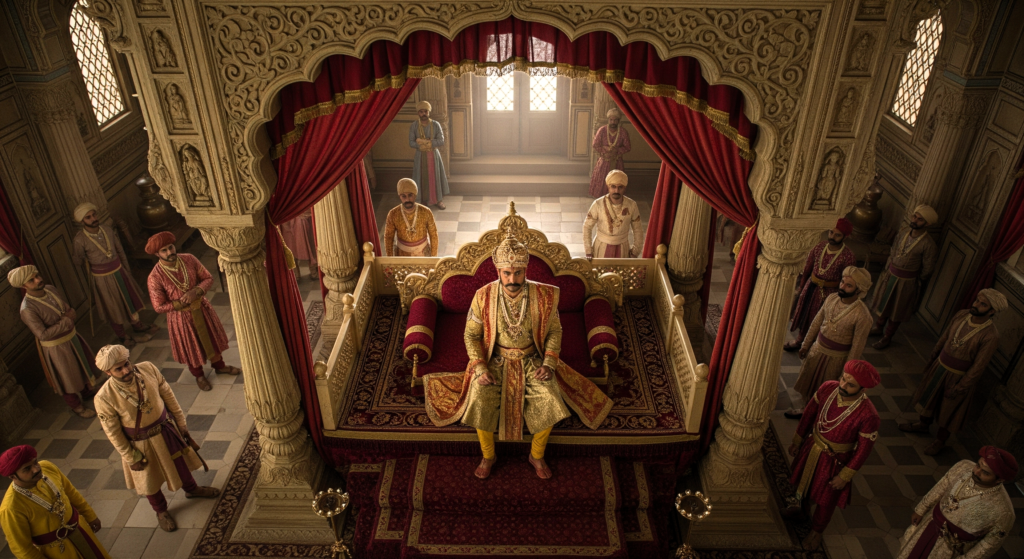
A high angle shot looks down at the subject from above. It conveys helplessness or inferiority by making the individual look smaller, weaker, or more vulnerable. In order to add context, this image can also offer a more comprehensive perspective of the area.
Purpose:
- To give the impression that the topic is little, frail, or defenseless.
- To portray authority or control from the viewpoint of a different character.
- To improve spatial awareness in a situation or to disclose environmental context.
Utilized for: The purpose of high angle photography is to convey a sense of helplessness, vulnerability, or insignificance. By giving a scene spatial context, they also aid in revealing more of the surroundings.
15. Dutch Tilt
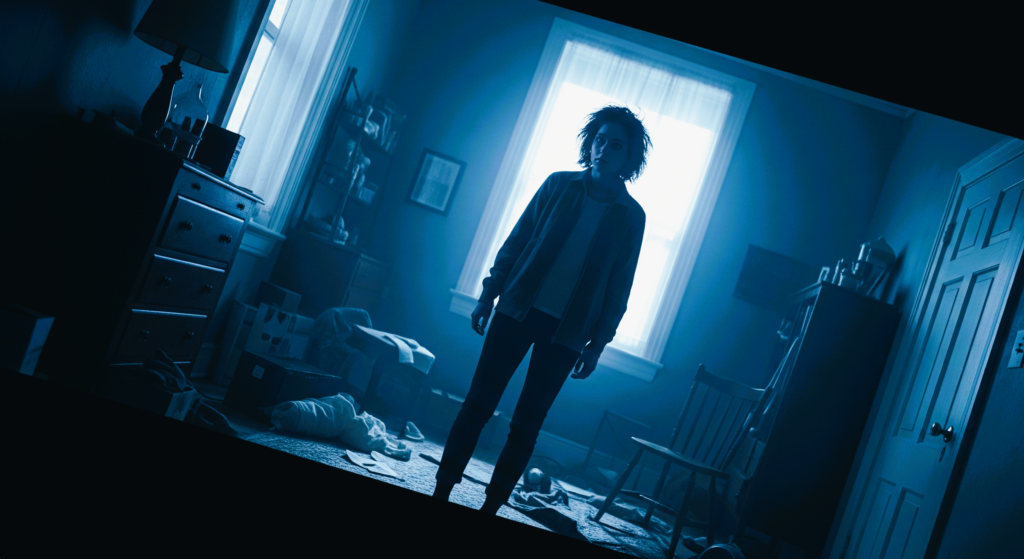
The horizon line slants when the camera is sideways tilted to capture a Dutch Tilt Shot, also known as a Dutch Angle. It causes psychological stress, confusion, or uneasiness. This image is frequently utilized in horror, thrillers, and scenarios involving emotional or mental instability.
Purpose:
- To express confusion, unbalance, or mental strain.
- To graphically depict disarray, disorder, or unstable emotions.
- To bring artistic flare to stressful or tense events.
Utilized for: Dutch tilt shots are employed to give a scene a feeling of instability, tension, or uneasiness. They graphically depict persons or circumstances that are confused, chaotic, or experiencing psychological turmoil.
16. Canted Angle Shot
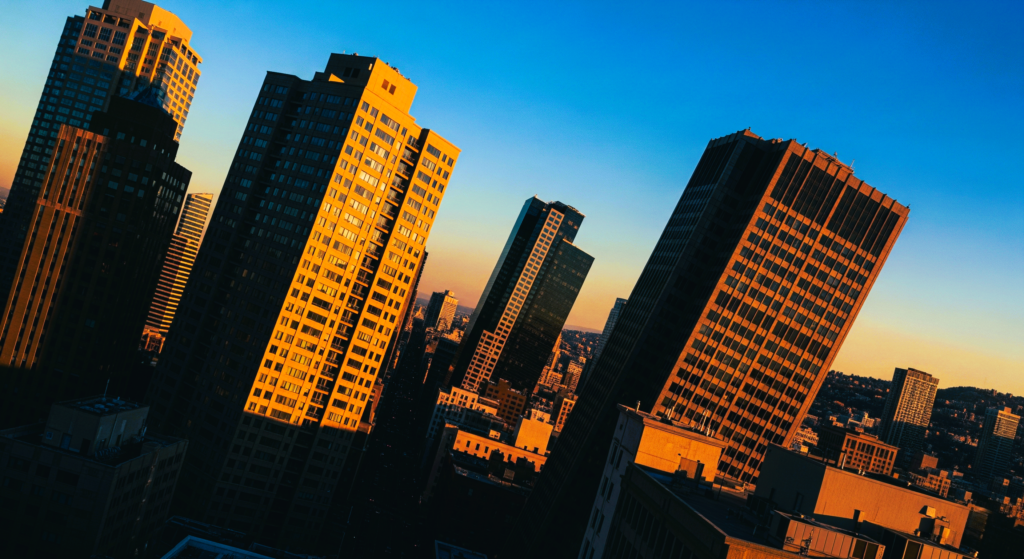
In a canted angle shot, also referred to as a Dutch angle, the camera is tilted so that the horizon line is not level. As a result, the frame is visibly distorted, suggesting imbalance or psychological discomfort. It frequently appears in thrillers, horror films, and moments involving emotional or mental upheaval.
Purpose:
- To portray a character that is unstable emotionally or psychologically.
- To arouse viewers’ visual tension and uneasiness.
- To draw attention to the story’s turmoil, peril, or confusion.
Utilized for: It is possible to visually convey tension, instability, or psychological disturbance by using canted angle images. In situations when there is uncertainty, commotion, or emotional conflict, they heighten the mood.
17. Insert Shot / Cutaway

A cutaway shot, also known as an insert shot, concentrates on a single aspect in a scene, such a little action, response, or object. It aids in setting the scene, highlighting crucial details, or establishing continuity. These images highlight visual clues that reinforce the primary plot, which improves storytelling.
Purpose:
- To draw attention to significant information or items that help tell the tale.
- To provide depth to the story or emotions by displaying a character’s response or surrounding details.
- To provide fluid shot transitions or enhance scene continuity.
Utilized for: To highlight important details, responses, or items that complement the main action, insert or cutaway views are employed. They also improve the narrative flow and preserve continuity in a scene.
Asking These Questions Will Help You Make the Correct Shot
- Whose feelings are important right now? – Make use of CU or ECU.
- Is this a matter of isolation or space? – Use WS or EWS.
- Are we demonstrating connections or creating tension? – Use of two-shots, tracking, or OTS.
- Does the viewer participate or observe? – Use POV or static as appropriate.
In conclusion, in the visual language of film, a shot is a sentence.
Anyone interested in filmmaking or visual storytelling has to understand the many kinds of shots in cinematography. Every shot has a distinct function and adds to the story as a whole, engaging the viewer, establishing context, and evoking feelings. Filmmakers may produce gripping narratives that connect with audiences more deeply by becoming proficient in these strategies. Regardless of your level of experience, experimenting with different shot styles may improve the visual impact of your work and raise your storytelling.
– Visual Storyteller and Director of Photography,
Vimall S Mishra